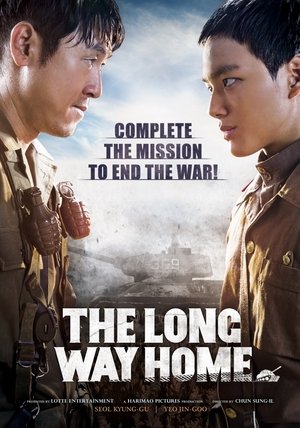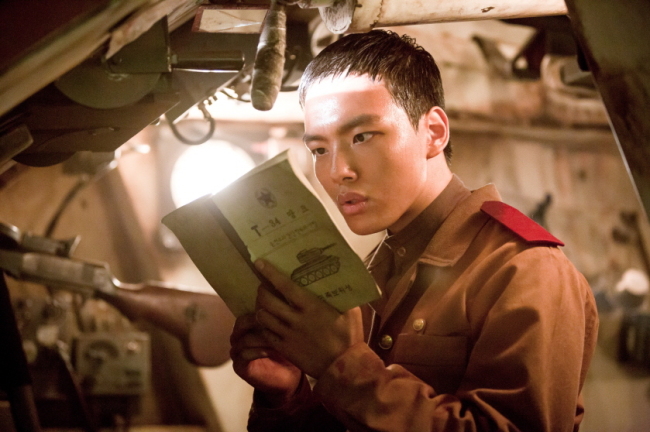

Don't waste any time introducing the basic facts of your movie to your audience. For instance, the original trailer for Office Space (1999) displays the iconic "gold-text-and-spotlights" 20th Century Fox logo by having it print from an office Xerox machine.Įstablish your mood, genre, and main character. Note also that, in rare cases, the standard logos of the studio and/or production company are creatively modified to fit the mood of the trailer.In fact, most trailers use the precious seconds spent showing these logos to start playing music that establishes the mood of the trailer (more on this below) and/or playing audio dialog from the film. Note, though, that you don't necessarily have to wait until these images have finished displaying to start introducing your audience to your film.These images, though brief, are important &dash the people involved with the film want to receive due credit for the time and money they've spent on it & dash so don't forget them. Think back to the last movie trailer you saw &dash unless it was for an extremely small-budget independent movie, there's a good chance that the first thing you saw in the trailer wasn't footage from the movie itself, but instead a few quick screens showing the logos of the studio that made the film, the production company or distributor, and so on. Aaron Paul is Aaron Paul - intense, swaggery, serviceable.Start with brief screens to display production company information. Martin's monologue about feeling humiliated felt both emotionally and physically painful, as reflected in Brosnan's taut jaw and gritted teeth. Pierce Brosnan - not usually lauded for his acting - plays the aging playboy with sleaze yet gravitas. Toni Collette is also brilliantly reserved and makes maternal instinct look like a matter of course. I love that scene when Jess comes out of the hospital in her open-backed gown - all cheeky bravado (literally and figuratively), striking a rockstar pose, then all hot, snotty, mascara-streaked mess as she tries to explain away her accidental overdose. The scene stealer for me was Imogen Poots, an ingénue with an unfortunate name but a face that is jubilant one second and numbly crestfallen the next. I didn't like Nick Hornby's book due to its multiple narrators schtick, but the cinematic treatment only switches once per character and at very opportune spots too so that each person's reasons for committing suicide is evenly plotted out. I still do not really comprehend the message it was trying to send out, and for that, I strongly disliked this film.

In the end, "A Long Way Down" is a tonally jumbled film with a great cast. Giving backstories of each character set after the main events of this film was a very odd decision, as you kind of started to see exactly what was going to happen to everyone before it actually did. This film didn't even work as a showcase for these actors, because the script is so simply written that I did not care what they were saying. It never really reaches either mark, and it left me more puzzled than anything by the end. The plot is ridiculous enough for one person, even two, but four? This outlandish and risky topic is turned into a tonally weird film that is both supposed to be taken seriously, while also trying to be funny. As they all share different reasons for wanting to kill themselves, they decide to make a pact to wait and see if they still want to on Valentine's Day. Aaron Paul, Pierce Brosnan, Toni Collette, and Imogen Poots all lead this film as four strangers meet on a rooftop on New Years Eve. Wasting a talented cast on a terribly coincidental plot that never works for a second is a damn shame.


 0 kommentar(er)
0 kommentar(er)
